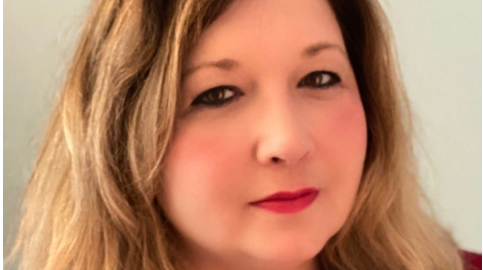
NY should build on its great record of expanding health care coverage, not tear it down

Beginning this month, hundreds of New Yorkers are eligible for expanded health insurance benefits due to provisions written into the American Rescue Plan (ARP), which passed in March. Now, uninsured New Yorkers whose incomes priced them out of the state’s marketplace because they did not qualify for subsidies will find some relief. The law increases the amount of financial assistance for people at lower incomes who were already eligible under the Affordable Care Act, and the law extends financial assistance to those whose incomes are above 400 percent of the federal poverty level. In a high-cost state like New York, this change makes a big difference in affordability.
Ninety-five percent of New York’s population is already insured. The ARP’s expansions will work to close the remaining gap. A Kaiser Family Foundation analysis found that the number of people eligible for a marketplace subsidy increased 20 percent and the average savings under the ARP-enhanced subsidies is about $70 per month. The law is retroactive to January 1, 2021.
New York has one of the most robust health insurance programs in the nation through the New York State of Health marketplace where individuals and families can select from a variety of plan options and even pay no premiums if their incomes qualify them for New York’s Essential Plan. A significant portion of the state’s residents are covered by their employers’ plans.
The New York Health Act would upend the progress that New York has made. Most glaringly, it would force New Yorkers out of their current Medicare and employer-sponsored health plans into a state-run plan. The cost to design and implement this plan is enormous, requiring $139 billion in new state taxes according to a RAND Corporation study conducted in 2018. It also would be devastating for providers, assuming that the reimbursement rates will be similar to those of Medicaid, the state-run plan we have now. Medicaid only pays about two-thirds of what it costs to provide the care.
If every patient is covered by the state plan, and providers’ get paid one-third less than it costs to provide the services, how long will physician practices and nonprofit hospitals be able to stay in business? The result will be replacing one problem with another: fewer providers, so less access to care. We should be building on New York’s great record of coverage expansion, not tearing it down.
Wendy Darwell is President and CEO of Suburban Hospital Alliance of NYS.
*sponsored content*
